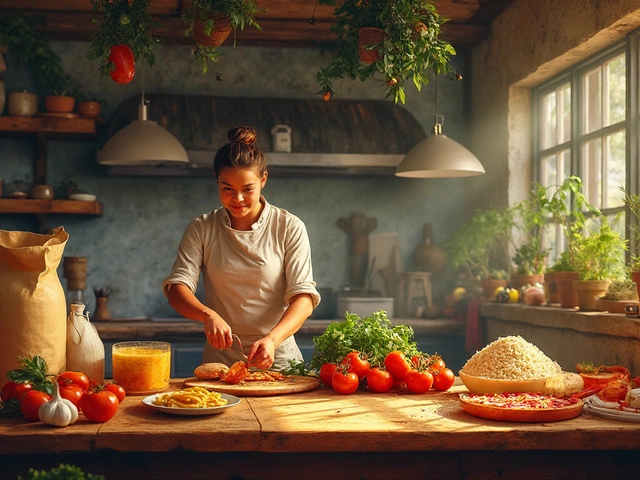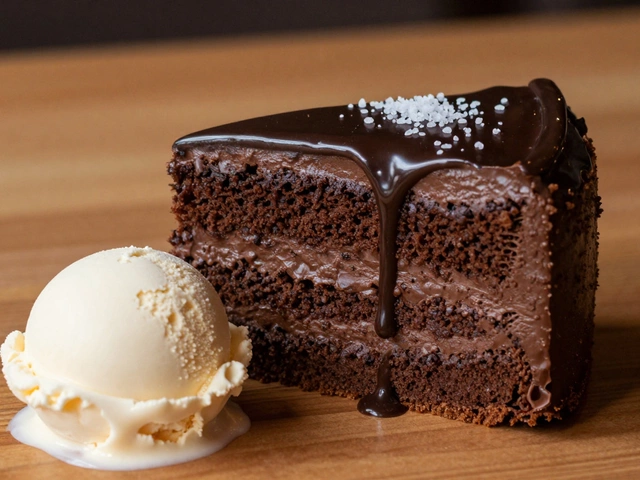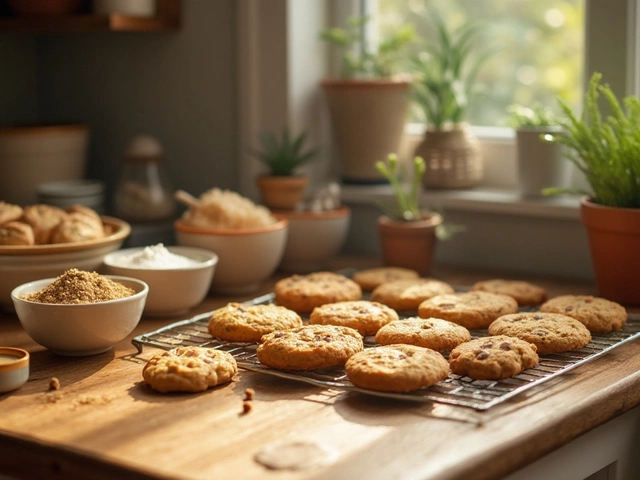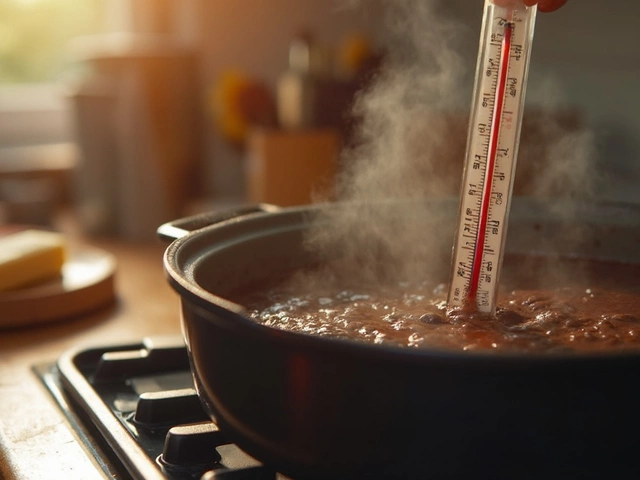Eggs in Cookies – What They Do and How to Use Them
Ever wonder why a cookie recipe calls for an egg? It’s not just tradition. Eggs bring moisture, bind ingredients, and help the cookie spread the right amount. If you get the egg part wrong, you can end up with flat, dry, or crumbly cookies.
First, think about what an egg adds:
- Moisture: The liquid in the egg keeps the dough from drying out.
- Structure: Proteins set when baked, giving the cookie its shape.
- Leavening: Air beaten into the egg helps the cookie rise a little.
Most home bakers use a large egg, which is about 50 ml of liquid. If a recipe says "1 egg," stick with that size unless you have a good reason to change.
When to Add Eggs
Mix the egg after you’ve creamed butter and sugar. This is the classic "creaming" method that creates a light, airy batter. Add the egg slowly, beating it in fully before adding the next ingredient. If you add it too early, the batter can become too thin and the cookie may spread too much.
If you’re looking for a softer, chewier cookie, use the whole egg. Want a crisper, thinner cookie? Cut the egg in half or use just the yolk. The yolk adds fat, which makes the cookie richer and a bit softer. The white adds more protein, which leads to a firmer texture.
Egg Substitutes for Cookies
Maybe you’re out of eggs or you’re baking for someone with an allergy. Here are three reliable swaps that work well in most cookie recipes:
- Applesauce: Use ¼ cup per egg. It adds moisture but not a lot of rise, so cookies stay soft.
- Mashed banana: Same amount—¼ cup per egg. Gives a mild banana flavor and extra chew.
- Ground flaxseed + water: Mix 1 tablespoon ground flaxseed with 3 tablespoons water, let sit 5 minutes. It creates a gel that binds like an egg.
When you swap an egg, you might need to add a pinch more flour to keep the dough from spreading too much. Test a small batch first, then adjust.
Another tip: if you want extra lift without an egg, add a ½ teaspoon of baking soda or powder. It won’t replace the binding, but it helps the cookie rise a bit.
Remember, every change affects flavor and texture. The best way to master eggs in cookies is to experiment with tiny tweaks. Try one batch with a whole egg, another with just the yolk, and a third using a substitute. Compare the spread, chew, and taste. You’ll quickly see what works for your favorite style.
At the end of the day, eggs are a simple tool that can make or break a cookie. Use them wisely, adjust when needed, and you’ll have a stash of cookies that are just right every time.
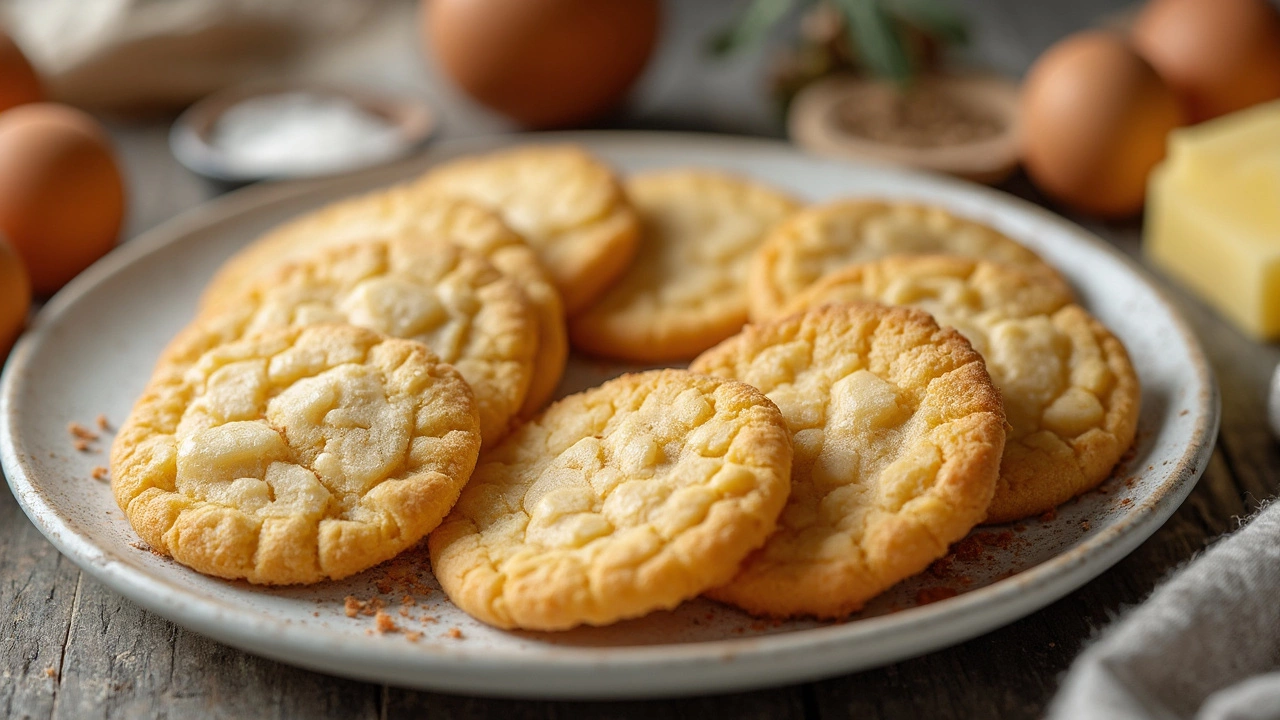
What Do Eggs Do in Cookies? The Real Science Behind Perfect Bakes
Eggs do way more in cookies than just hold things together. From texture to flavor and even the color of your cookies, eggs are a key player in how your batch turns out. This article breaks down the science behind why eggs matter and what actually happens when you leave them out or swap them for something else. You'll also get tips for handling common egg dilemmas in the kitchen. If you want cookies that wow everyone, you'll want to know these behind-the-scenes details.
View More
